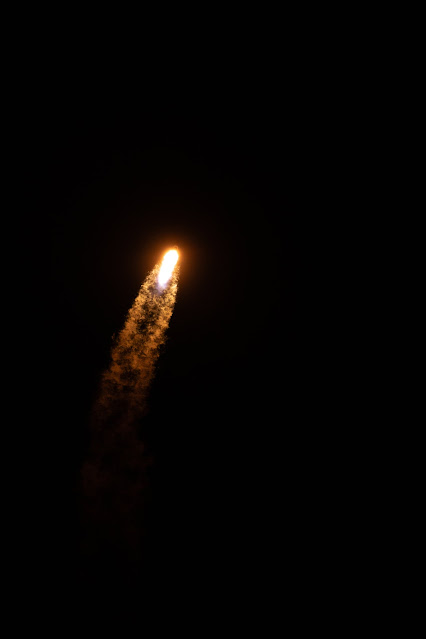Propellant Tanks for NASA's Artemis III Moon Mission on the Move at Michoud
Technicians at NASA’s Michoud Assembly Facility in New Orleans are simultaneously producing the core stages for the Space Launch System (SLS) rocket for NASA’s Artemis missions II, III, IV, and V. Most recently, both of the giant propellant tanks that will help fuel the Artemis III mission have been on the move inside the factory’s Vertical Assembly Building. The 130-foot-tall liquid hydrogen tank underwent internal cleaning prior to primer application while the liquid oxygen tank in a nearby manufacturing cell was fully welded to form one structure.
NASA is working to land the first woman and first person of color on the Moon under Artemis. SLS is part of NASA’s backbone for deep space exploration, along with the Orion spacecraft, advanced spacesuits and rovers, the Gateway in orbit around the Moon, and commercial human landing systems. SLS is the only rocket that can send Orion, astronauts, and supplies to the Moon in a single mission.
For more information about SLS, visit https://www.nasa.gov/sls
NASA's Artemis Program:
https://www.nasa.gov/specials/artemis
Read the Artemis Plan (74-page PDF Free Download):
https://www.nasa.gov/sites/default/files/atoms/files/artemis_plan-20200921.pdf
NASA's Space Launch System (SLS)
https://www.nasa.gov/exploration/systems/sls/index.html
NASA's Orion Spacecraft
https://www.nasa.gov/humans-in-space/orion-spacecraft/
Video Credit: NASA's Marshall Space Flight Center (MSFC)
Duration: 1 minute, 40 seconds
Release Date: Feb. 16, 2024
#NASA #Space #Artemis #ArtemisIII #NASASLS #RocketScience #DeepSpace #PropellantTanks #Boeing #AerojetRocketdyne #ULA #Moon #Mars #MoonToMars #JourneyToMars #Astronauts #HumanSpaceflight #Science #Engineering #SpaceTechnology #SpaceExploration #SolarSystem #NASAMichoud #NewOrleans #Lousiana #UnitedStates #STEM #Education #HD #Video












.jpg)
.jpg)